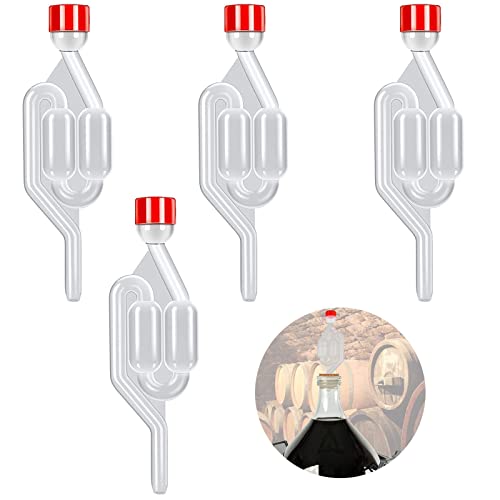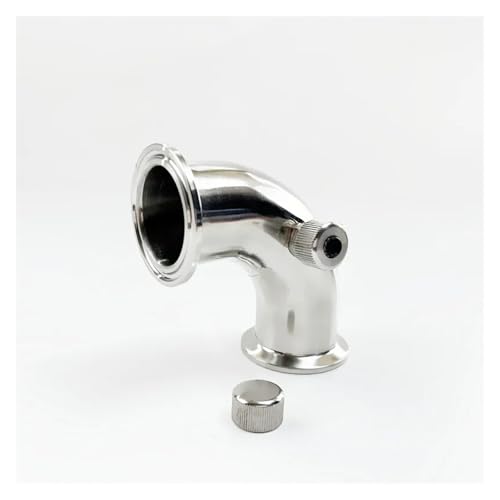Here's the thing...
...contrary to popular belief, there is scientific research to suggest that it isn't the speed of cooling that promotes the so called "cold break" rather the minimum temperature that the wort reaches. I think I found it on (or from) the protofloc website but I can't be 100% sure...
The positives for chilling quickly are, however, manifold. The quicker it's tucked up in a sterile FV the better from an infection point of view. Also the longer the wort is hot the more of those delicate aroma volitiles from late addition hops you'll lose. Also chilling is going to simply shorten your brewday.
The science suggests that for the clearest wort you should over-chill, get the wort down to zero if you can for the flocs to form then bring it back up to temperature to pitch.
A no-chill cube and a chest freezer... :hmm:
I'm not that bothered (at the moment anyway) about clarity so I just drop the wort to FV and leave it outside until cool then ferment on the break material. Tastes superb, is a bit hazy, practically zero infection risk...
Immersion chiller is going to leave more cold break material in the copper so you'll get clearer beer. There is no reason not to have vessels covered during chilling and transfer - DMS is going to be long gone by then. Infection risk is minimal.
Counterflow chilling - you'll have break material in FV. So the only advantage seems to be shortening the brewday. You could settle it and rack prior to fermentation but that's increasing infection risk with an additional transfer and time to pitching...
I'm starting to be of the mind that cubes are actually the best solution all round. You drop boiling wort to the cube so there is no infection risk, you can leave it to cool naturally if you are in no rush, it's sterile so safe. You can push things along either for speed or to get a lower-than-pitching temperature to break the smallest particles out through use of a water bath/ice blocks/etc. You can warm it back to pitching temperature still in its sterile environment then rack once to its primary FV to take it off the break material.
And they're dirt cheap...
...I've convinced myself. One more thing off the shopping list... :lol:
EDIT: I found the thing I read.
On cooling, wort proteins interact with polyphenols to precipitate as cold
break. This material consists of very fine particles that are slow to settle and consequently are
likely to survive into finished beer. Taken in combination, boiling and wort cooling remove
17-35% of the total protein content, depending upon the malt variety and hop product/variety
used.(8) Cold break formation is temperature dependent, only forming in significant quantities
below 20-30oC, and increasing dramatically in quantity as the temperature is further
decreased.(1) The removal of these cold break particles can be facilitated and enhanced by
kettle fining
There is no mention of rate of cooling as an influencing factor on floc formation and given that the references seem pretty heavywieght:
(1) - Hough, J.S., Briggs, D.E., Stevens, R., and Young, T.W., Malting and Brewing Science, Volume 2, Chapman and Hall, (1982)
(8) - Erdal, K., Outtrup, H. and Ahrenst-Larsen, B., European Brewery Convention, Proceedings of the 20th Congress, Helsinki, 459, (1985)
I reckon they'd have mentioned cooling rate if it was a contributing factor and included it in the article. Just found it on Google Books but I really can't justify the 168 quid... :lol:



























![BREWING THERMOMETER STICKERS ACCURATELY MONITOR FERMENTING BEER & WINE LIQUID TEMPERATURES 5PCS HOME BREW SPIRITS WINE LCD ADHESIVE [US]](https://m.media-amazon.com/images/I/311DDjo2X3L._SL500_.jpg)












